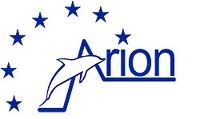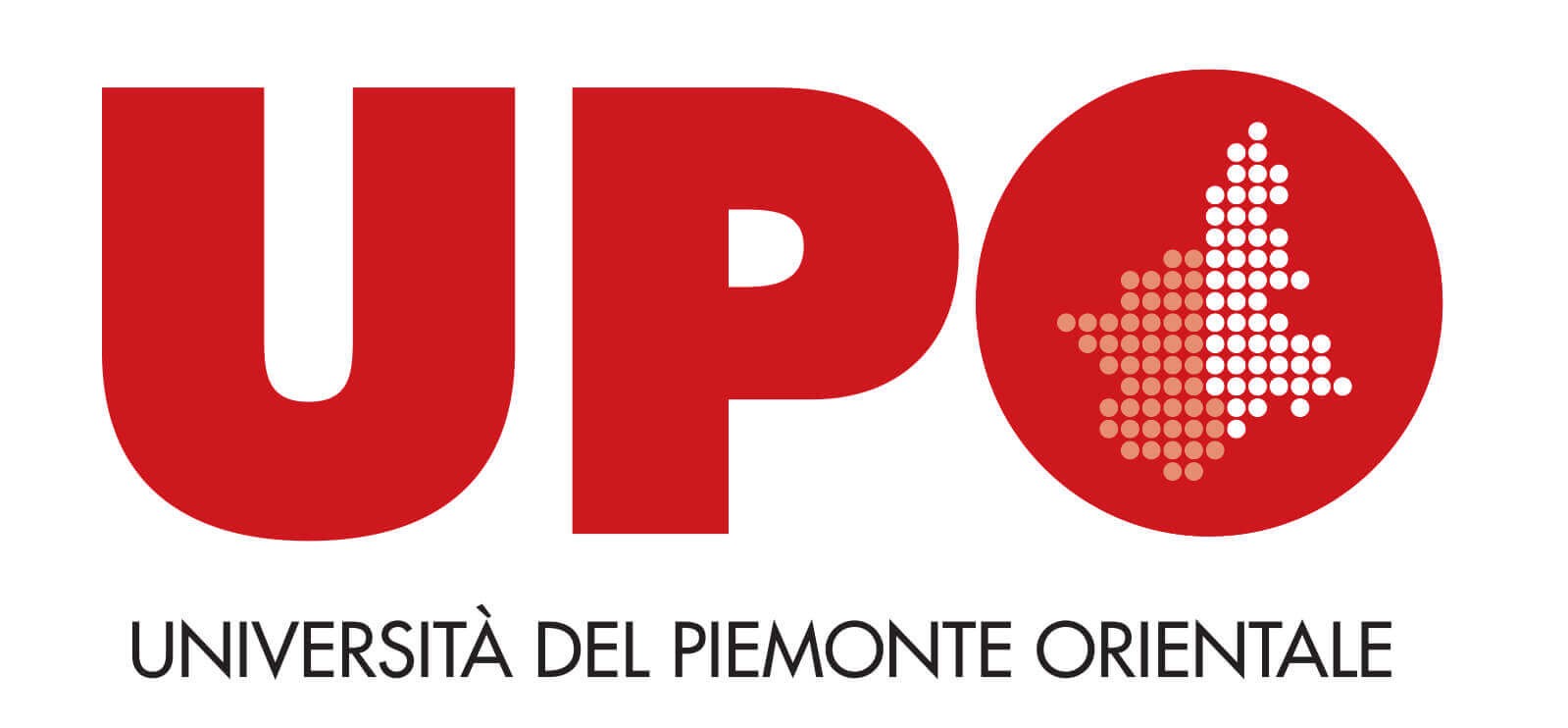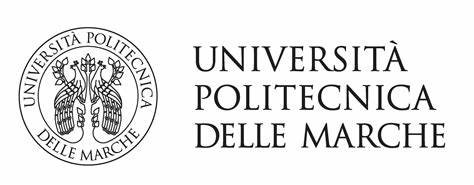FAQ
The answers to the most frequently asked questions of our passengers.

Whale Watching with the Liguria Via Mare Consortium does not just mean spending an exciting day in the company of beautiful specimens of cetaceans and birds, but also taking part in a naturalistic trip with high scientific value because, during our excursions, the researchers and biologists on board they collect data and images that are used for the purposes pursued by the projects we collaborate with. Many theses and publications have been elaborated on board our boats.
The main projects we collaborate with (or have collaborated in the past) are:
 CIMA Foundation - International Center for Environmental Monitoring promotes and supports training, research and technological development in the field of biodiversity.
CIMA Foundation - International Center for Environmental Monitoring promotes and supports training, research and technological development in the field of biodiversity.
The observation of the dynamics of the ecosystem, and in particular the monitoring of bio-indicators such as cetaceans, represent for the Foundation tools necessary for the proper management and conservation of the marine environment. The study of cetaceans requires an interdisciplinary approach: the collaboration of physicists, oceanographers, engineers, ecologists and biologists allows us to have a more global vision of the studied ecosystem. As part of the monitoring of the pelagic ecosystem, the experts of the CIMA Foundation participate in the whale watching excursions of the Liguria Via Mare Consortium with long-term objectives such as increasing the current state of knowledge on the ecological importance of the Pelagos area for top predators of the marine food chain and describe the baseline conditions necessary for assessing the conservation status of the species present.
The CIMA Foundation website is www.cimafoundation.org
 The Association Menkab: il respiro del mare (Menkab: the breath of the sea) has been operating since 2010 to support scientific research and environmental education activities dedicated to the Mediterranean Sea, with the aim of contributing to the protection of its fragile ecosystem. To achieve this objective, the Menkab Association collaborates with Italian and foreign universities, other associations and companies that work in the field of communication and scientific dissemination.
The Association Menkab: il respiro del mare (Menkab: the breath of the sea) has been operating since 2010 to support scientific research and environmental education activities dedicated to the Mediterranean Sea, with the aim of contributing to the protection of its fragile ecosystem. To achieve this objective, the Menkab Association collaborates with Italian and foreign universities, other associations and companies that work in the field of communication and scientific dissemination.
The website of the Menkab Association: the breath of the sea is www.menkab.it
 The main objective of the project is to improve the conservation status of the bottlenose dolphin (Tursiops Truncatus), this being the coastal species among cetaceans of the Mediterranean most exposed to the threats caused by human activity and the exploitation of resources. The Liguria Via Mare Consortium is the only whale watching company in Italy to be a supporting partner of the project.
The main objective of the project is to improve the conservation status of the bottlenose dolphin (Tursiops Truncatus), this being the coastal species among cetaceans of the Mediterranean most exposed to the threats caused by human activity and the exploitation of resources. The Liguria Via Mare Consortium is the only whale watching company in Italy to be a supporting partner of the project.
The Arion project proposes the creation of an interference prevention system capable of detecting and monitoring dolphins, identifying threats and preventing collisions and other risks by spreading real-time warning messages to all the interested categories (tourists, professional fishermen and sportsmen, Marine Protected Area). The behavioral protocol to reduce the risks for the species has been developed and agreed with the subjects involved, in collaboration with the local section of the Coast Guard.
The area selected for the demonstration of the system can be considered as a "Case Study", as there is a resident population of bottlenose dolphins, an important fraction of the north-west Mediterranean population, and most of the anthropic activities mentioned above they are present in the area.
The project aims to demonstrate the effectiveness of the proposed tool for the reduction of threats and the improvement of conservation, to ascertain the possibility of being repeated and carried out easily in other areas of the Mediterranean.
The specific objectives are to avoid the decline in the number of specimens, reducing threats and monitoring the use of the habitat by the dolphins and their abundance, to minimize the risks by acting promptly whenever the presence of dolphins is detected near of an ongoing human activity, 24 hours a day throughout the year, and provide a wealth of information about the presence and behavior of the species in the area, as well as of the concurrent anthropic activities.
The Aion project website is www.arionlife.eu
 The project was founded in 2001 with the main objective of assessing the presence and habits of cetaceans along the waters of Liguria. Particular interest is directed to the bottlenose dolphin (Tursiops Truncatus), a dolphin with mainly coastal habits and therefore more subject to the impact of human activities.
The project was founded in 2001 with the main objective of assessing the presence and habits of cetaceans along the waters of Liguria. Particular interest is directed to the bottlenose dolphin (Tursiops Truncatus), a dolphin with mainly coastal habits and therefore more subject to the impact of human activities.
Searches are usually conducted on inflatable boats and the study area consists of coastal waters between Genoa and La Spezia. The data collected during the excursions of the Liguria Via Mare Consortium, the first whale watching company in Italy to have joined, since 2001, the Delfini Metropolitani study, have been included in the project database until 2014, the year in which the cooperation finished.
The study proceeds through the collection of photographic images that allow researchers to identify the sighted animals (photo-identification). This method allows to estimate the abundance of populations, to follow the movements of specimens and to evaluate their loyalty to the area of ??study. The data are also periodically compared with those collected by other study groups operating in neighboring regions, scientific partners of the Delfini Metropolitani project. Increasing knowledge on the biology of coastal species and the evaluation of interaction with human activities, such as fishing and maritime traffic, will be able to provide essential information for the development of coastal conservation and management programs.
The site of the Delfini Metropolitani project is www.delfinimetropolitani.it
The project was born in January 2014 with the aim of operating on two different fronts. The first concerns a study on the populations of large marine mammals: through the collaboration with different operators, the research wants to compare the observation data in the historical archive with the real sightings to understand the health status of the populations of the big mammals, their numerical presence and what are the most impending threats. The managers of the Aurora Polare association participate to this end to whale watching outings carried out in Liguria, Tuscany and Sardinia. The Liguria Via Mare Consortium immediately joined the project enthusiastically, becoming the main point of reference for the Liguria region.
Hand in hand with the research work they want to analyze the concept and the real activity of whale watching, evaluating the potential in terms of monitoring and indirect control: the presence of tourists, if in a form of sustainable tourism, is a deterrent to harmful actions.
The Facebook page of the Aurora Polare association is www.facebook.com/Ass.AuroraPolare
The Centro Sperimentale per la Tutela degli Habitat - Experimental Center for the Protection of Habitats is an independent research body affiliated to the University of Bologna and Cnr Ismar of Ancona, which operates in the field of research and environmental protection.
The collaboration with the Liguria Via Mare Consortium was founded in 2014 with the aim of identifying a reference protocol in the integrated management of marine resources and above all of the biodiversity that resides in them, through an eco-friendly and non-impact approach during the whale watching excursions.
To date, Cestha identifies in the Liguria Via Mare Consortium the reference partner in the monitoring actions of large marine mammals and in the collection of data on the Pelagos sanctuary, with the aim of transferring techniques and methods into study programs that can combine research with an even more purely tourist approach, even in the upper Adriatic area.
The Facebook page of Cestha is www.facebook.com/centrosperimentaleperlatuteladeglihabitat
The project, coordinated by the University of Genoa, has developed an interference prevention system aimed at identifying and following sperm whales, identifying threats and preventing collisions and other risks by issuing real-time warning messages to ships in the area.
For this purpose, a protocol has been drawn up to reduce the risk of disturbance and impact, which the Liguria Via Mare Consortium has signed. The system is innovative because it prevents the impact of ships with whales by monitoring and tracing animals underwater with acoustic means.
This aspect is vital considering that the sperm whales spend three quarters of their time underwater.
The WhaleSafe project website is www.whalesafe.eu/index.php/it





